The casting stroke of a die casting machine is the distance traveled by the injection punch from the starting position to the end position. So the casting stock = injection stock.
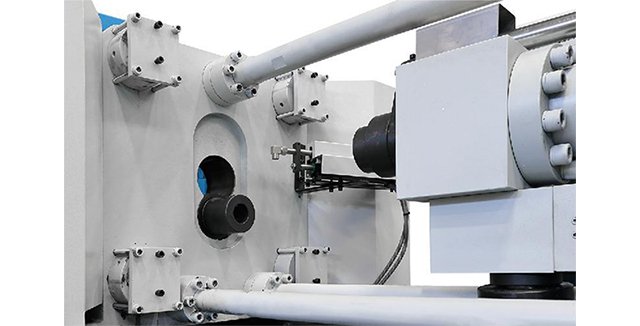
In the die casting process, the movement of the injection punch is divided into several stages, including slow injection, fast injection, and pressurization, among others.
The casting stroke typically includes the total displacement of these different phases, for example, the full distance from the beginning of the slow injection to the end of the fast injection and then to the boosting stage.
Divided the stock into several parts
- Slow casting stroke
- Fast casting stroke
- Pressurization stroke
Slow casting stroke
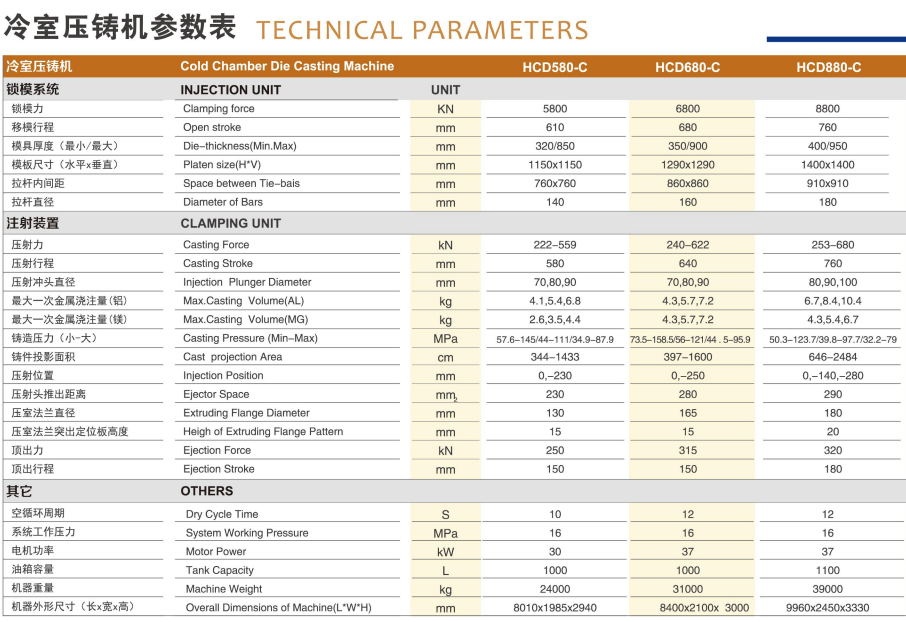
This is the process by which the injection punch moves at a lower speed in order to prevent the molten metal from splashing out and push the molten metal near the gate.
Fast casting stroke
At the end of the slow injection, the injection punch quickly fills the cavity with molten metal at a high speed.
Pressurization stroke
After the molten metal fills the cavity, continue to apply pressure to the molten metal inside the cavity to ensure that the molten metal is completely compacted and the porosity is eliminated.
In addition, the casting stroke may also include the punch push-out distance, i.e.
The maximum distance at which the punch exits from the platen face when the die is opened.
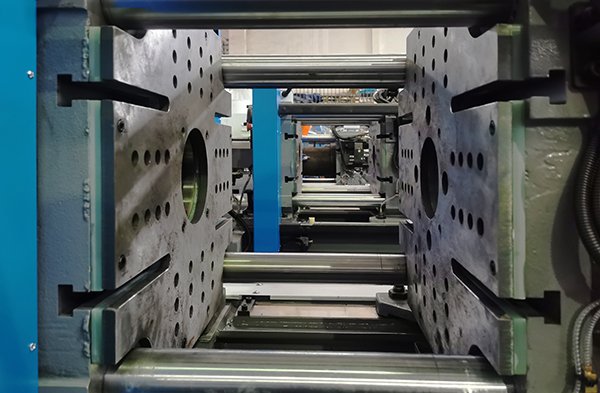
Therefore, the casting stroke is not limited to the process of filling the cavity with molten metal, but also includes the subsequent push-out action.
Control the casting stroke of the die casting machine
The casting stroke is a very important parameter in the die casting process, which directly affects the quality and production efficiency of the casting.
By precisely controlling the casting stroke, the die casting process can be optimized, improving product quality and production efficiency.
To accurately control the casting stroke of the die casting machine to improve production efficiency.
The following methods can be adopted:
- Real-time closed-loop control
- Electro-hydraulic proportional control
- AI self-learning function
- Empirical Mode Decomposition (EMD) Analysis
- Time Series Data-Driven Model
Real-time closed-loop control
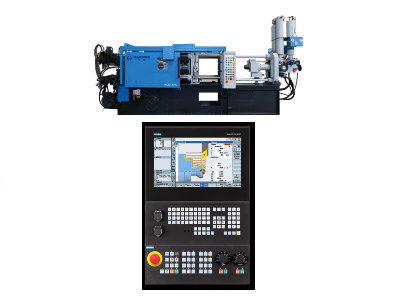
The closed-loop control mode is adopted to replace the traditional three-stage injection process by flexibly setting ten process parameters.
This mode can achieve a constant slow injection function in the low speed section.
And maintain a stable speed in the high speed section without being affected by pressure fluctuations.
Electro-hydraulic proportional control
The existing injection system of die-casting machine based on on-off valve control is modified and designed, and the electro-hydraulic proportional control injection system with continuous and precise control of speed and pressure is developed.
This system is better adapted to the machining needs of complex alloy castings.
AI self-learning function
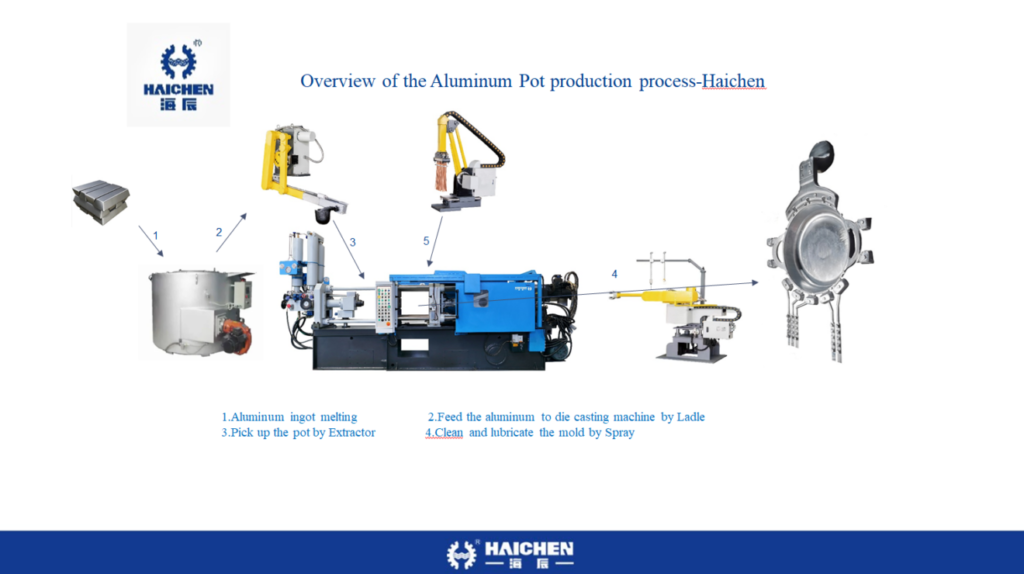
Die-casting machine with AI self-learning function is used to realize full-closed-loop real-time control of injection.
This technology allows for precise control and monitoring of the process, while the patented injection differential technology is used to achieve precise and stable control of slow speeds and increase the dynamic injection force.
Empirical Mode Decomposition (EMD) Analysis
The acceleration curve is decomposed by the EMD-based analysis method of squeeze casting injection motion parameters.
Which can effectively distinguish different motion characteristics in the injection process. This method allows for more precise control of the casting stroke.
Time Series Data-Driven Model
A model that accurately reflects the mechanism of the injection system was established, and considering the nonlinear and hysteresis characteristics of the die casting machine, the time series data was processed using an LSTM neural network to achieve precise control of the injection velocity.
Casting stroke optimization
There are significant differences in the optimization strategies of the casting stroke in different types of metal materials in die casting machines.
The following is a detailed analysis of the casting stroke optimization strategies based on different metal materials:
- Aluminum alloys
- Low-speed stage optimization
- Other Metal Materials
- Optimization of high and low speed switching point
- Injection cylinder stroke setting
Aluminum alloys
Slow Injection Process: For large aluminum alloy gearbox housing parts, the slow injection process is the key to optimization.
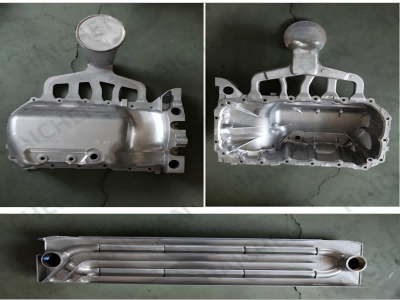
Through theoretical analysis and simulation, the critical slow injection velocity is determined, and the process parameters such as slow injection punch speed and punch acceleration are optimized by combining the results of numerical simulation software to reduce defects such as entrapment and porosity.
Low-speed stage optimization
In the high-pressure casting process, the speed parameters of the low-speed stage of the injection of aluminum alloys usually rely on the experience of the technician.
With the optimization function of the virtual test.
The speed of the low-speed phase can be further optimized to improve the quality of the casting.
Other Metal Materials
Injection Speed Control
For different types of metal materials, the choice of injection speed should be adjusted according to the alloy and structure used in the casting.
Under normal circumstances, it should be gradually adjusted from the low limit to the high limit, and the filling speed should be lower without affecting the quality of the casting.
Optimization of high and low speed switching points
For example, in the die-casting process of the main housing of a 9AT automobile gearbox.
The influence of different injection high and low speed switching points on molten metal flow and filling is analyzed through mold filling simulation, and the optimal high and low speed switching points (such as low speed value of 0.2 m/s, high speed value of 3.5 m/s, and switching point of 560 mm) are determined to ensure stable mold flow and reduce the probability of gas entrapment.
Injection cylinder stroke setting
In the high-pressure casting (HPDC) process, the optimization of the injection cylinder stroke setting is key.
The function of the injection cylinder is to quickly inject the melt into the cavity, usually at a level, and the melt is injected through the opening above the injection cylinder.
The plunger head retreats the metal melt into the filling system of the mold in a short period of time.
There are significant differences in the optimization strategies for the casting stroke between different types of metal materials.
Injection stroke of Haichen die-casting machine
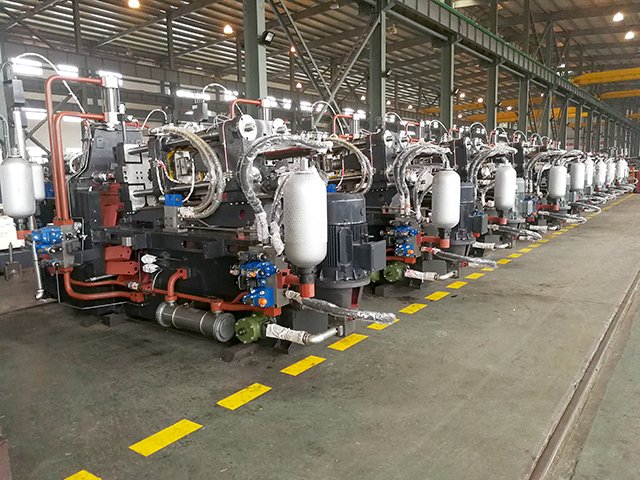
Haichen’s die-casting machine has the following speed control technologies for the die-casting stroke:
- Controller
- Electro-hydraulic proportional control
- Closed-loop control and monitoring system
Controller
Through the controller, the accurate control of the injection speed of the die-casting machine can be improved.
So as to improve the quality of the casting.
This method starts from the structure of the injection system, analyzes its working process, and calculates the electro-hydraulic proportional control parameters through the input voltage.
Electro-hydraulic proportional control
The electro-hydraulic proportional control system of Haichen die-casting machine can achieve continuous and precise control of speed and pressure, and is a modification of the traditional die-casting machine injection system based on on-off valve control.
This system plays an important role in improving the quality and accuracy of castings.
Closed-loop control and monitoring system
In the closed-loop control mode, the traditional three-stage injection process is replaced by flexible ten-stage process parameter setting, and the low-speed section can achieve the function of constant and slow injection, and the high-speed section can maintain stable speed when the pressure in the injection cylinder changes, and does not fluctuate with the pressure.
If you are interested in Haichen’s die casting machine, you can contact us at any time.



